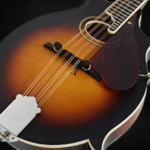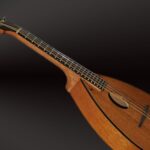The viola is often lovingly referred to as the “middle child of the string section,” because of its awkward position between violin and cello. While it’s played in much the same way as the violin, it’s tuned like the cello, and composers have struggled for centuries to write for its unique acoustic quirks.
Because it lacks the size of the cello and the high range of the violin, it doesn’t project as powerfully as either of these more popular instruments. This makes it difficult to write concertos for the viola that cut through a dense orchestral sound, so it often takes a supporting role in chamber music.
But what it lacks in projection, it more than makes up for with its rich, velvety sound and immense expressive capability. As a professional violist, I’ve spent a lot of time learning, performing, and listening to viola music.
Because it wasn’t taken very seriously as a solo instrument until the 20th century, much of the best music for viola is actually quite newer than the “greatest hits” of the violin and cello repertoire. This presents an exciting opportunity for violists to explore a diverse, innovative repertoire.
Quick Look: Best Viola Songs of All Time
★ #1 Best Viola Sonata: Sonata for Viola and Piano ★
- Best Solo Viola Piece: Shulamit Ran, Perfect Storm
- Best Beginner String Quartet: Hadyn, String Quartet Op. 20, No. 2
- Best Advanced String Quartet: Beethoven, String Quartet Op. 59, # 3
- Best Viola Concerto: Bartok, Viola Concerto
Contemporary composers are now leaning into the possibilities of the viola, and there’s now some truly wonderful music for this instrument. Of course, the title “best viola songs” is slightly misleading, as any such list will be a subjective thing.
Below, you’ll find some of my favorite works, or ones that, as a professional violist, I consider to be significant in the history of viola repertoire.
These works pushed the viola into the spotlight and gradually transformed it into a prominent voice in the classical music milieu.
What Makes a Great Viola Song?
There is now a huge range of repertoire written for the viola, and there’s no one thing that makes or breaks a work.
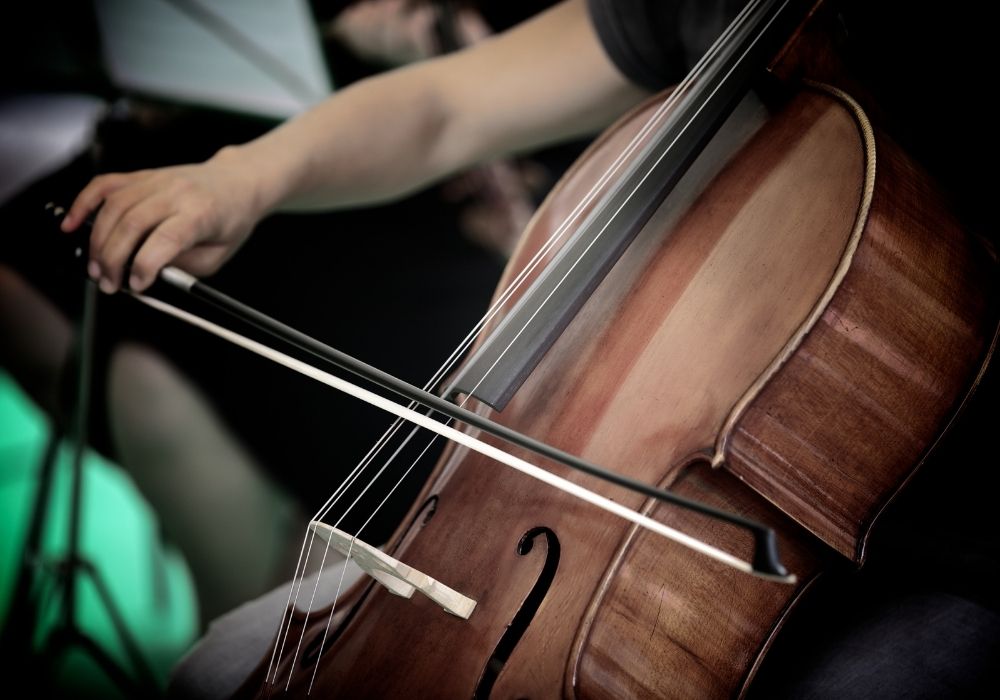
However, one of the reasons that I fell in love with the viola is its miraculous tone and expressive qualities, and the pieces that lean into these characteristics are, for me, always the most effective.
Types of Viola Music
The viola appears in many different kinds of music, from symphonies to chamber music, innovative contemporary ensembles, and solo works. A few of these categories include:
Viola Concertos
While it has historically taken a backseat as a solo instrument, the viola has gained prominence in recent classical music history, and there are now many concertos written for viola and orchestra.
Viola Sonatas
These are works written for viola and piano, and they’re one of the most popular types of viola pieces.
Viola Solo
The viola is an incredible instrument for solo works, and composers take advantage of the space that solo works provide to display the wonderful range of this instrument.
Chamber Music
My all-time favorite music for the viola falls into the category of chamber music. Loosely defined, chamber music includes any combination of between two and eight instruments. The most popular and well-known is the string quartet (two violins, one viola, and one cello).
Trios, quintets, and duos are also popular, and there are many incredible works that highlight the viola.
Non-classical Works
The viola is also increasingly included in genres outside of classical music. Singer-songwriters, rock bands, and folk musicians, to name just a few, are utilizing the unique capabilities of the viola to enhance their sound.
10 Best Viola Songs
These are 10 of my favorite works for the viola. I’ve come back to them over and over again in my career, either as a performer or listener, and they showcase the extensive range of this instrument.
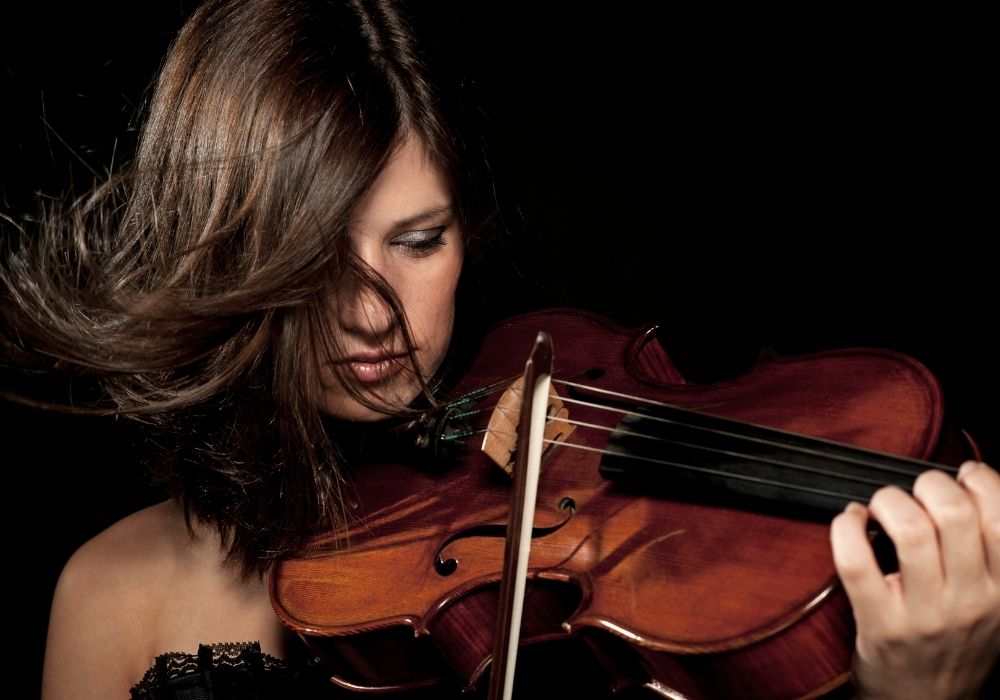
I’ve also included my favorite recordings, and I hope you’ll give them a listen!
1. String Quartet No. 25 in C Major, Op. 20, No. 2
- Category: Chamber music
- Instrumentation: String quartet
- Artist: Joseph Haydn
- Year: 1772
- Favorite Recording: Doric String Quartet, 2014
Haydn String Quartets are the bread and butter of the chamber music repertoire. While they might appear simple on the page, they’re deceptively difficult to get right, and no string player’s education is complete without them. They’re often used as a teaching tool to provide young players with the skills to be excellent chamber musicians, but they are also incredibly complex and beautiful works in their own right.
One of my personal favorites comes from Haydn’s early work on the 6 Op. 20 quartets. They were written at the beginning of his career, and they launched him into his legacy as the “father of the string quartet.” The C Major Quartet has a distinctive viola line that runs throughout the first movement, and it never fails to bring me joy.
2. Rebecca Clarke Viola Sonata
- Category: Sonata
- Instrumentation: Viola and piano
- Artist: Rebecca Clarke
- Year: 1919
- Favorite Recording: Tabea Zimmerman and Kirill Gerstein, 2015
Rebecca Clarke was a breakout star of the composition world when her viola sonata was released in 1919, and the work has since gained a prominent place in the viola repertoire. The work is exhilarating, deftly moving between moments of explosive energy and intimate reflection.
The first time I heard this piece, I knew immediately that I wanted to play the viola for the rest of my life.
3. Der Schwanendreher
- Category: Concerto
- Instrumentation: Viola and reduced orchestra
- Artist: Paul Hindemith
- Year: 1935
- Favorite Recording: Tabea Zimmerman, 2007
When Paul Hindemith wrote his viola concerto, the viola was still overlooked as a solo instrument. Der Schwanendreher changed everything. It’s now one of the best-known viola concertos of all time, and it kickstarted a new era of composition for the instrument.
This piece is proud, vulnerable, and both intimate and explosive. The reduced orchestra allows the viola to cut through and showcase a truly extensive range.
4. Bartok Viola Concerto
- Category: Concerto
- Instrumentation: Viola and orchestra
- Artist: Bela Bartok
- Year: 1945
- Favorite Recordingg: Nils Mönkemeyer, 2018
If Der Schwanendreher made the viola a viable instrument for concertos, Bela Bartok pushed it to the stratosphere. His mid-20th century concerto is largely considered one of the greatest works for viola. It displays nearly every aspect of a violist’s skill and artistry and is a true work of artistic excellence.
5. Perfect Storm
- Category: Solo
- Instrumentation: Viola
- Artist: Shulamit Ran
- Year: 2010
- Favorite Recording: Melia Waters, 2015
One of my all-time favorite pieces to perform is this extraordinary work by Israeli composer Shulamit Ran. Ran wrote the piece for violist Melia Waters, basing it on a famous viola line from Luciano Berio’s Folk Songs. This piece tells a story in a breathtaking arc that will leave you glued to your seat.
6. In Manus Tuas
- Category: Solo
- Instrumentation: Viola
- Artist: Caroline Shaw
- Year: 2009
- Favorite Recording: Caroline Shaw, 2020 (This is recorded on the violin, but I love hearing the composer’s own interpretation.)
If Perfect Storm is my favorite viola work to perform, in manus tuas is my favorite to experience. Caroline Shaw made history when she became the youngest ever recipient of the Pulitzer Prize, and she has established herself as a central figure in the contemporary classical scene.
This piece, while originally written for cello, works beautifully to highlight every aspect of the viola. It is, in my opinion, the most beautiful six minutes of music ever written.
7. Märchenbilder, Op. 113
- Category: Sonata
- Instrumentation: Viola and piano
- Artist: Robert Schumann
- Year: 1851
- Favorite Recording: Tabea Zimmerman, 2011
Märchenbilder, or Fairy Tale Pictures, is a four movement work of character pieces for viola and piano. The work is emblematic of the Romantic Era. Schumann is a composer well known for his ability to portray distinct characters in his music, and this sonata is no exception.
It’s a beautiful romp through a fantasy world and a gorgeous example of the expressive capability of the viola.
8. String Quartet No. 2 in A Minor
- Category: Chamber music
- Instrumentation: String quartet
- Artist: Florence Price
- Year: 1935
- Favorite Recording: Castle of Our Skins, 2020
Florence Price was almost forgotten until activists and performers inspired a resurgence of her work in recent years. This string quartet is a masterpiece of chamber music writing with some truly lovely viola moments.
9. Beethoven String Quartet Op. 59, No. 3
- Category: Chamber music
- Instrumentation: String quartet
- Artist: Ludwig van Beethoven
- Year: 1808
- Favorite Recording: Quatuor Ebène, 2018
If Haydn string quartets are towering peaks for chamber musicians, then Beethoven’s are Mount Everest. Beethoven wrote quartets throughout his career, and the arc of his changing style is evident in each successive work.
The middle quartets, written at the beginning of the 19th century, marked a noticeable shift for the composer, when he began moving away from the strictly classical sensibility of Haydn and Mozart and into more daring and bold new directions.
The 3rd quartet in his Op. 59s is an expansive and lengthy work. It’s one of my favorites for the viola. The beginning of the last movement, a sprinting fugue, starts off with a virtuosic viola line that will take your breath away.
10. The Alcanza Suite
- Category: Non-classical inspired chamber music
- Instrumentation: Voice, guitar, piano, bass, string quartet & drums
- Artist: Fabian Almazan
- Year: 2017
- Favorite Recording: Biophilia Records, 2018
Cuban-born pianist Fabian Almazan is primarily a jazz musician, but in recent years he’s been branching out. His Alcanza Suite is an epic, beautiful work and one of the most exciting things I’ve listened to in a long time.
Best Viola Players
There are many incredible viola players, and they all have unique strengths. Here are three of my favorites:
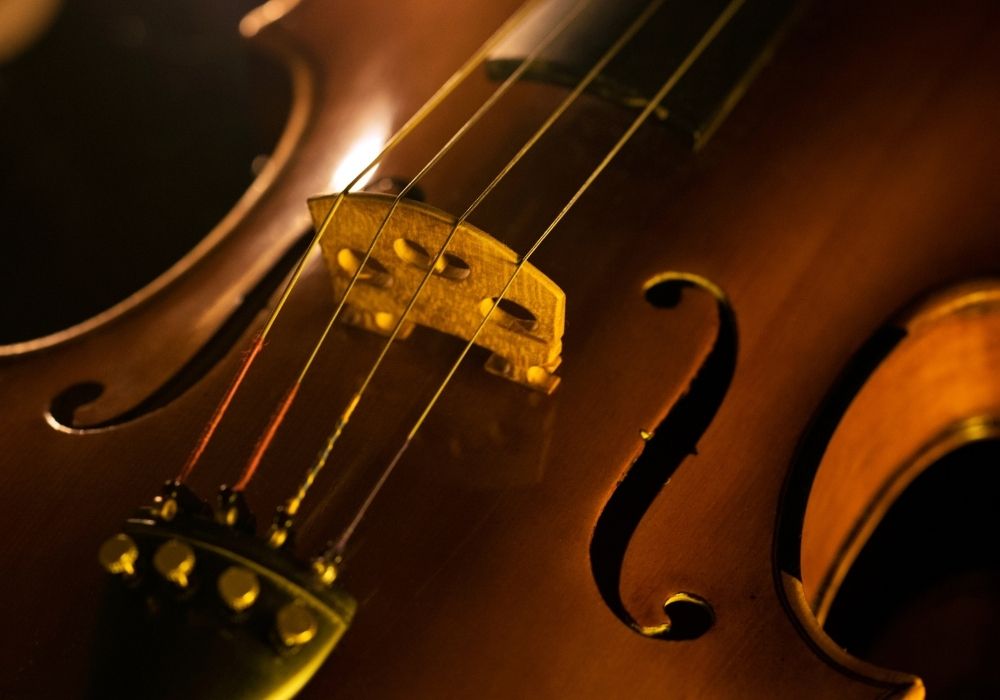
Tabea Zimmermann
Tabea Zimmerman is a German violist who has ascended to the very top of the field. She tours worldwide performing concertos, chamber music, and solo recitals, and is regarded as one of the best violists of all time.
William Primrose
Scottish violist William Primrose is credited as being one of the central players in the effort to bring the viola to light. He premiered many of the most important works for viola in the 20th century and established a legacy of virtuosity on the instrument.
Nobuko Imai
Nobuko Imai has collaborated with some of the most significant artists in classical music and has released over 30 recordings. Born in Japan, Imai has gained a following around the world as a touring artist and teacher.
Review This Post
Table of Contents
In Conclusion
Although often overlooked, the viola is an incredible instrument with expansive expressive and technical possibilities. A constantly-expanding repertoire means that the possibilities are nearly endless for violists, and the instrument shouldn’t be disregarded.



